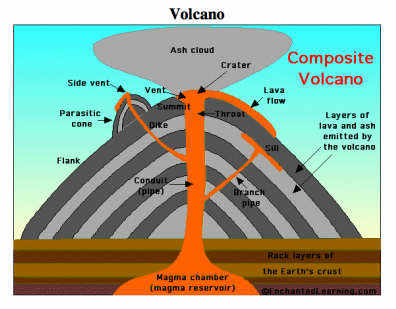Lab Safety Rules…
Do not eat or drink in the lab. Ask to be excused outside if you need to eat/drink
Eating or drinking in the lab could be unsafe for chemicals that may be in the air could easily find a way to enter your food/drink without you knowing, which eventually could end up damaging your insides.
2) Do not sniff the chemicals but waft the fumes
Wafting the fumes would prevent any chemicals entering your airways and possibly damaging your lungs
3) Leave bags outside or in an area away from the work benches
Following this rule prevents anyone from tripping over and possibly spilling something or injuring themselves/someone else
4) Clean up spilled chemicals, thoroughly
Do this properly, for if someone else was to come along and use the same workbench, they could hurt themselves depending on what chemical it is that had been spilt.
5) Report accidents immediately
Accidents that occur need to be reported immediately to a supervisor/teacher so that they can sort something out before it gets worse.
6) Listen carefully to instructions
If you don’t, you could miss something important which means you will not know what to do.
7) Tie up long hair during practicals
Long hair could easily get caught in something, or could even end up in chemicals and be lit on fire.
8) Do not run/play when in the science lab
Science labs are not for playing around. There are many dangerous chemicals/equipment placed everywhere, and you could injure yourself as well as someone else.
After this, we learnt about the, ‘Branches of Science’
Physics
Study of objects, how they work, how they’re built
Chemistry
Study of chemicals
Biology
Study of living things
Astronomy
Study of space and space objects
Geography
Study of volcanoes, earthquakes
Zoology
Study of animals
Botony
Study of plants
Next, we learnt about earthquakes. We had documents given to us so that we could complete them. They helped us to understand the meaning of earthquakes, as well as what causes them to happen.
What is an earthquake?
An earthquake is something that shakes the surface of the earth. Earthquakes can range in size from those that are so weak that they cannot be felt to those violent enough to toss people around and destroy whole cities/forests.
What causes earthquakes?
At the boundaries between plates, friction causes them to stick together. When built up energy causes them to break, that’s when earthquakes occur.
We also learnt quite a lot about volcanoes.
How do volcanoes occur & what happens when they do?
A volcanic eruption occurs when pressure builds up as well as when molten rock, ash and steam pour through a vent in the earth's crust. Gases & rock erupt up through the opening vent which causes the air to be filled with lava fragments. Eruptions have the ability to cause lateral blasts, lava flows, hot ash flows, avalanches...etc. Some volcanic eruptions are so hard out, that they have been known to knock down entire forests.
An erupting volcano can also trigger tsunamis, flash floods, earthquakes, mudflows and rockfalls.
Why do volcanoes erupt?
The Earth's crust is made up of huge slabs called plates, which fit together like a jigsaw puzzle. These plates sometimes move. The friction causes earthquakes and volcanic eruptions near the edges of the plates. The theory that explains this process is called plate tectonics.

There are many parts of a volcano.
As you can see to the right, this is a diagram which shows the inside of a volcano.
And then we learnt about, ‘Plate Tectonics’
The earth’s crust is divided into 12 major plates which are moved in various directions. You will find these on the surface of the earth as they slowly move around the globe.
What are they Made of?
Plates are made of rigid lithosphere. The lithosphere is made up of the crust as well as the upper part of the mantle.
Plate Movement
‘Plates’ of lithosphere are moved around by the underlying hot mantle convection currents.
Plate Boundaries/Types
Boundaries
Divergent ( going away )
Convergent ( coming together/closer )
Transform ( sliding against )
Types
Continental
Oceanic
After these, we focused on discussing about, ‘The Layers of the Earth’
Layer?
Thickness?
Temperature?
Made of?
L/S-S/S?
Crust
1) OC - 8 km
CC - 32 km
2) 200℃ - 400℃
3) Oxygen,, silicon,, aluminum,,
iron,, calcium,, sodium,, potassium and magnesium
4) Solid
Mantle
1) 2,900 km
2) 200℃ - 4000℃
3) Molten rock containing silicon,, iron,, magnesium,, aluminum,, oxygen and other minerals.
4) Semi-Solid
Outer-core
1) 2,200 km
2) 4,400℃ - 6,100℃
3) Iron and Nickel
4) Liquid
Inner-core
1) 1,250 km
2) 6,100℃ - 7000℃
3) Iron
4) Solid
This is everything that me & my class, 9KHr learnt for Term 1 during Science with Mrs Kuruvilla.
Thanks,
Atareita
